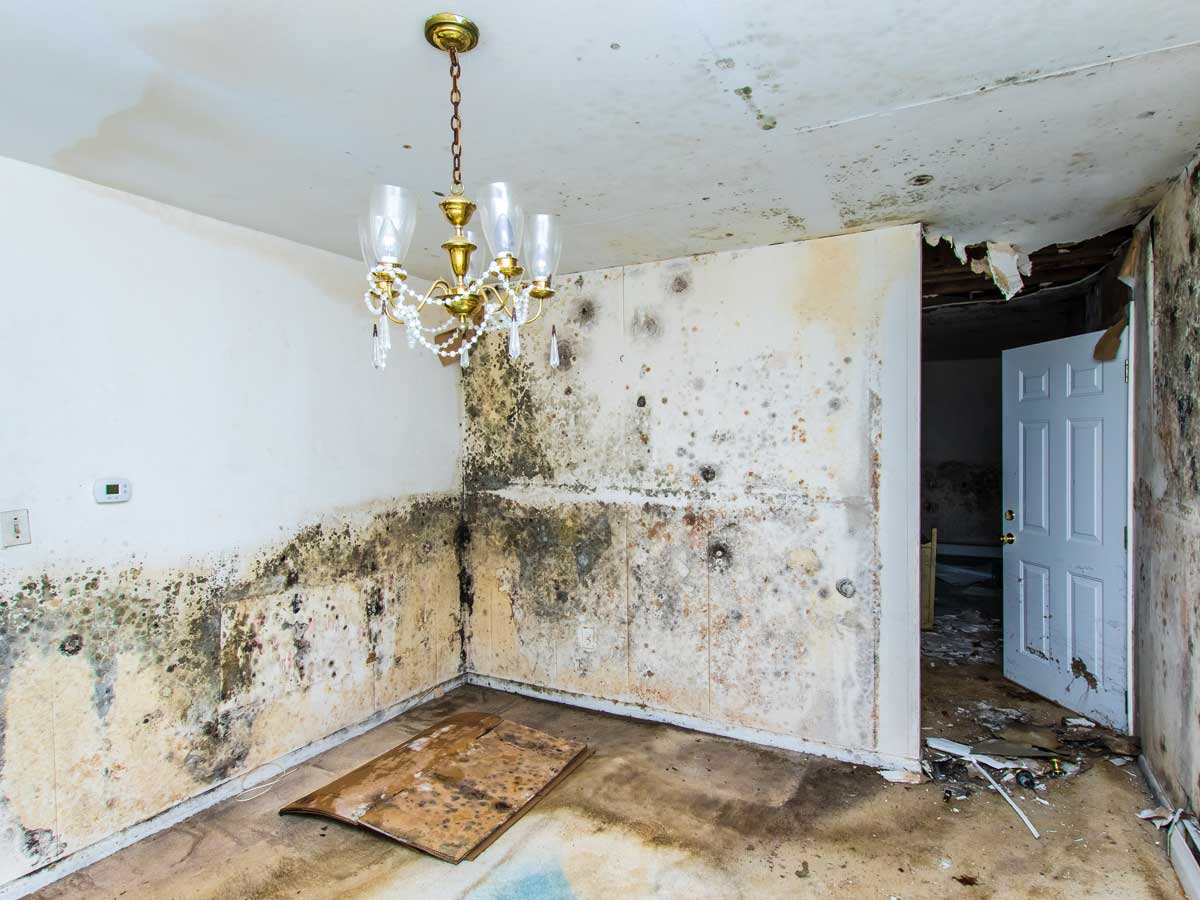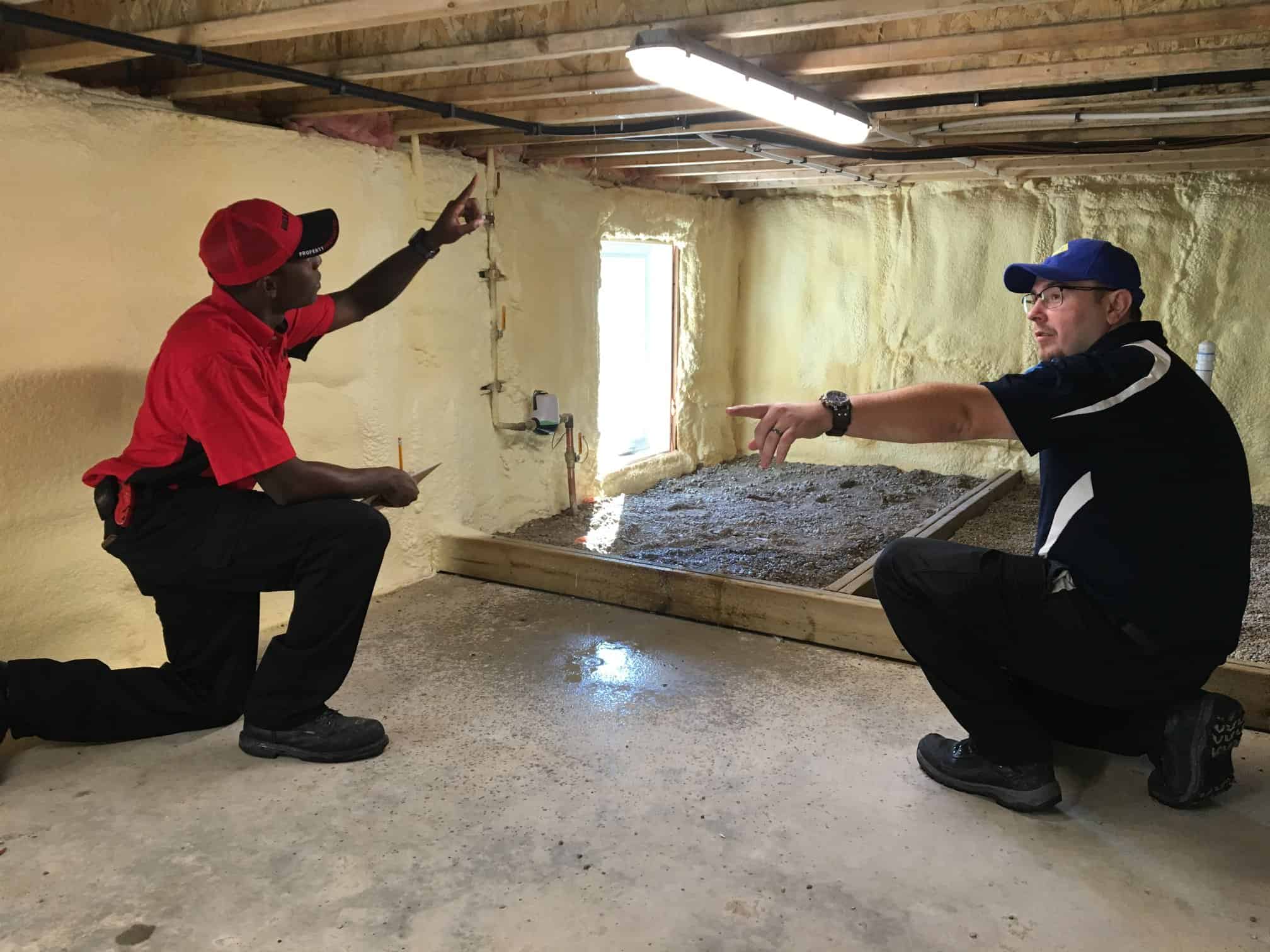The Process of Water Damages Clean-up: Guaranteeing Your Home Is Restored Effectively
Water damage can be a challenging difficulty for homeowners, necessitating a structured and thorough cleaning process to bring back security and functionality. A comprehensive evaluation is critical to identify the level of the damage and figure out the appropriate remediation procedures. Following this, effective water extraction methods play a pivotal function in alleviating further damage. Nonetheless, the nuances of drying out, sanitizing, and eventual reconstruction are equally necessary and typically forgotten. Understanding these phases can make a substantial difference in the outcome of your home's remediation, prompting a closer look at what each action requires.
Assessing the Damage
Upon discovering water damage, the initial step is to thoroughly assess the extent of the effect. This preliminary assessment is vital, as it assists figure out the essential actions for efficient clean-up and remediation. Begin by checking the impacted areas, including wall surfaces, ceilings, floorings, and individual valuables, to determine the source of the water breach, whether from flooding, leakages, or condensation.
Recording the damage is crucial for both insurance claims and preparing remediation efforts - damage restoration services. Usage photos and written notes to capture the extent of the damages, noting any kind of afflicted structural elements and products. Pay special focus to areas that may not be instantly noticeable, such as behind walls and under carpets, as hidden moisture can bring about additional complications, consisting of mold development
Furthermore, analyze the timeline of the water exposure. Eventually, a thorough evaluation lays the foundation for an effective water damage clean-up process, making certain that all affected areas are resolved effectively and thoroughly.
Water Removal Strategies

Specialists generally utilize completely submersible pumps for bigger volumes of water, which can promptly ease flooding in basements or various other influenced locations. For smaller sized amounts, wet/dry vacuum cleaners are typically used to draw out recurring dampness from carpets and hard surfaces. In addition, making use of portable extractors enables targeted removal in confined spaces or locations with delicate products.
In instances of contaminated water, such as sewer or floodwater, progressed extraction methods may involve using biohazard tools to make sure safety and security and compliance with health regulations. High-powered removal devices are vital in minimizing water retention in structural products, which can lead to mold development and structural damage otherwise dealt with immediately.
Ultimately, the effectiveness of water removal methods plays a pivotal duty in the overall success of the water damages clean-up process, laying the foundation for succeeding remediation initiatives.
Drying and Dehumidification
When standing water has been efficiently extracted, the following critical stage in the water damage cleanup process is drying out and dehumidification. This action is essential to prevent further damages and mold development, which can occur within 24 to 48 hours in moist environments.
To accomplish effective drying, customized devices such as industrial-grade air moving companies and dehumidifiers is utilized. Air moving companies flow air across wet surfaces, boosting evaporation prices, while dehumidifiers decrease moisture levels in the air, advertising a helpful atmosphere for drying out. The combination of these tools ensures that dampness is attracted out from wall surfaces, furnishings, and floors, enabling them to completely dry thoroughly.
It is very important to check the drying out process carefully. Experts frequently utilize moisture meters to analyze the moisture content in different products, making certain that all influenced locations reach acceptable dryness levels. This precise strategy helps to avoid hidden wetness pockets that could result in architectural damages or undesirable mold and mildew development.
Cleaning and Disinfecting
After check my reference the drying and dehumidification phase is full, the following essential action in water damages cleaning is cleaning up and sterilizing the impacted areas. This procedure is important to avoid the growth of mold, microorganisms, and various other microorganisms that prosper in moist environments.
The cleansing stage commonly involves getting rid of any kind of debris, dirt, and impurities from surface areas utilizing specialized official site cleaning representatives. For difficult surfaces, a mix of soap and water or business cleansing products is usually utilized. Soft materials, such as furniture and carpetings, may require extra considerable cleaning methods, including heavy steam cleansing or deep extraction techniques, to make certain complete cleanliness.

Sterilizing follows cleaning, utilizing EPA-approved anti-bacterials to eliminate dangerous microorganisms. This action is essential, specifically in areas that might have come into contact with floodwaters or sewer, as these sources can posture major wellness risks.
Furthermore, it is necessary to deal with any staying smells, which might require the usage of odor neutralizers or sophisticated methods like ozone treatment. Correct cleaning and sterilizing not just restore the security and health of your home but also prepared for effective reconstruction and repair services in subsequent stages of the water damages cleaning procedure.
Restoration and Repair Work

As soon as the evaluation is complete, restoration initiatives can begin. Furthermore, flooring may call for similar attention, depending on the degree of water exposure.
It is vital to engage experienced reconstruction professionals during this procedure, as they possess the expertise to manage complex fixings properly. They can aid reduce possible future issues, such as mold development or structural instability, therefore ensuring a habitable and secure living environment. Eventually, reliable remediation and fixings restore the home's stability and boost its total value.
Final Thought
To conclude, the process of water damage cleaning is critical for restoring a great post to read home to its pre-damage problem. Each phase, from assessing the damage to implementing efficient water extraction strategies, followed by comprehensive drying out, disinfecting, and necessary repair work, plays a crucial function in ensuring safety and compliance with building standards. Efficient execution of these steps not only reduces instant damage but likewise enhances the long-term stability and worth of the property.
Water damage can be a challenging challenge for homeowners, demanding a organized and thorough clean-up process to recover security and functionality. Eventually, an extensive assessment lays the foundation for a successful water damages clean-up process, guaranteeing that all influenced areas are addressed properly and completely.
Efficient water removal methods are crucial in mitigating damage and avoiding additional complications complying with a water invasion occasion.In verdict, the process of water damages cleanup is essential for bring back a home to its pre-damage condition. Each phase, from assessing the damage to applying efficient water removal strategies, complied with by detailed drying, disinfecting, and necessary repair services, plays a necessary function in making certain safety and conformity with structure standards.